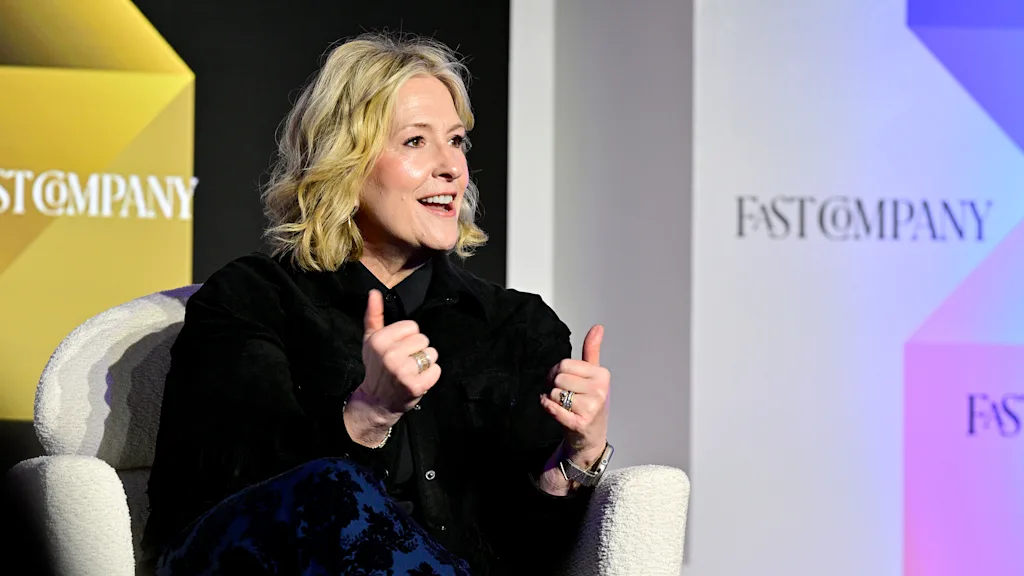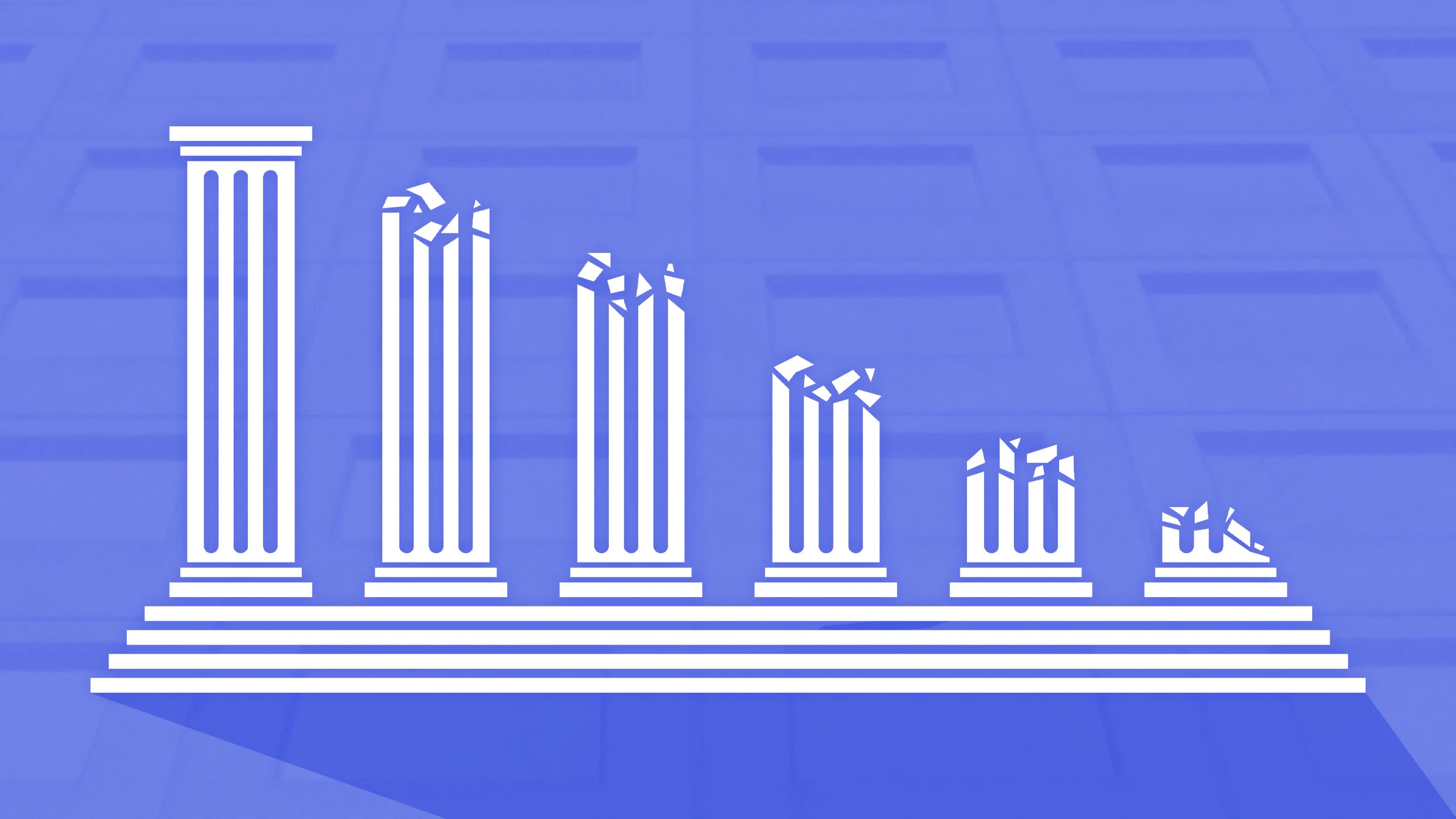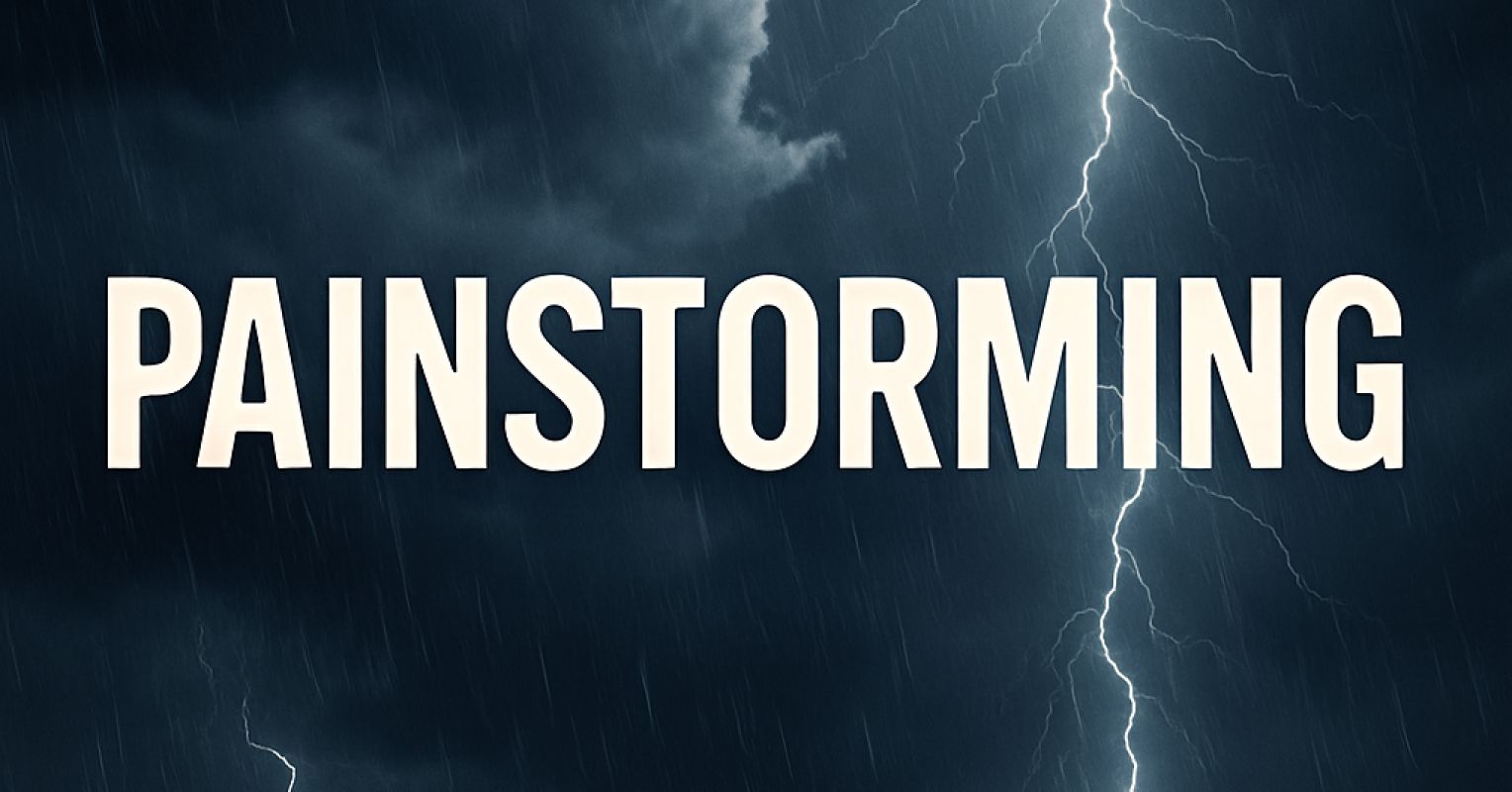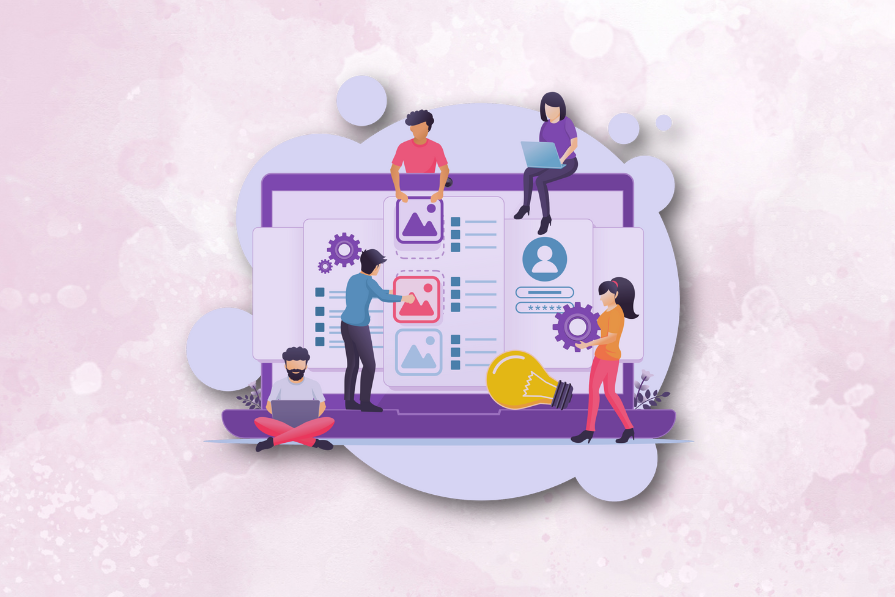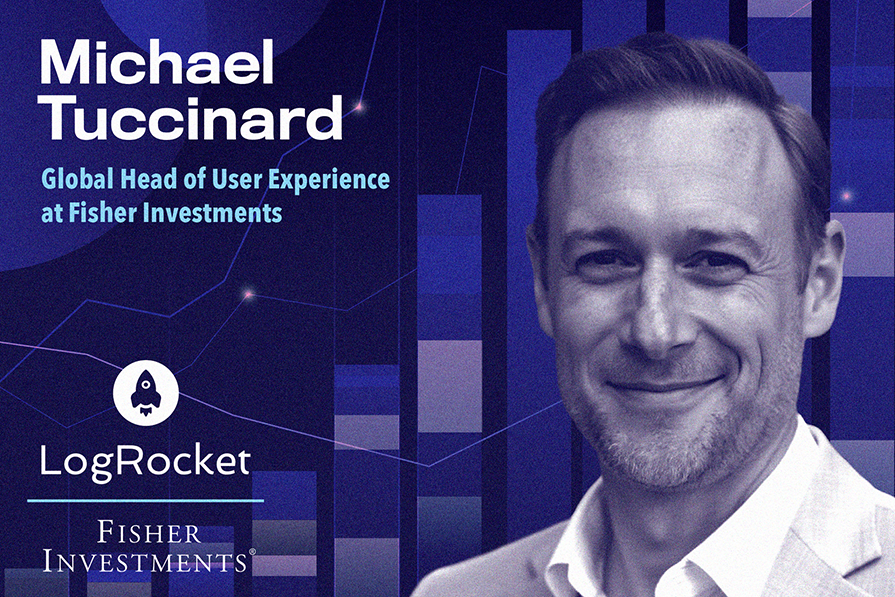#change-management
#change-management
[ follow ]
fromInside Higher Ed | Higher Education News, Events and Jobs
5 days agoManaging Change Is a Skill; Here's How to Teach It (opinion)
As directors of career centers, our job is to spot the skills tomorrow's leaders will need and to design ways to help them build those skills now. At the top of that list is the ability to navigate change and to help others do the same. It's not a "nice-to-have" skill anymore; it's part of how one leads, collaborates and makes their own work sustainable.
Higher education
fromBusiness Insider
1 week ago3 leadership lessons from retiring Walmart CEO Doug McMillon
When CEO Doug McMillon and other Walmart execs visit stores, they'll collect stray shopping carts from the parking lot or pick up trash. The idea is to model servant leadership and being "willing to do what we want anybody else to do," McMillon told a business school audience at Stanford in May. McMillon, 59, announced on Friday that he plans to retire in January. He will be succeeded by John Furner, president and current CEO of Walmart US.
Business
fromPsychology Today
1 week agoWhy Your Brain Needs HEART to Navigate Change
Have you noticed how even well-planned organizational changes can leave teams feeling scattered, resistant, or quietly overwhelmed? Our research with more than 1,000 workplaces has found that 'poor change management' is consistently the most frequent cause of burnout in workplaces right now. The problem isn't a lack of project plans. Organizations have those in abundance. The gap is neurological. Too much focus on timelines and deliverables while overlooking what uncertainty does to people's brains.
Business
Online learning
fromeLearning Industry
1 week agoDismounting Gracefully: 7 Steps To Introduce Innovation Into L&D Strategies
Systematically audit and replace ineffective learning programs to create modern, sustainable learning ecosystems that support organizational objectives and long-term performance.
fromPsychology Today
1 month agoHow to Lead Change When Nothing Feels Certain
Change experts will tell you to "get clear on your vision" and "communicate the plan." But what happens when you can't predict what next month will bring, let alone next quarter? This isn't a leadership failure. For most of us, it's the new reality. And it requires a completely different approach to how we navigate uncertainty together. Why Traditional Approaches Fall Short
Business
fromHarvard Business Review
1 month agoLeading a Team When the Strategy Keeps Changing
It's tough to keep a team motivated when the strategy from the top keeps shifting. Without clear direction leaders have to figure out how to set priorities, keep morale up, and make sure their team's work has an impact. That's the challenge facing a leader who's going by "Michael", to protect his identity. He built an internal consulting team at a large global organization. Mid-level managers value the group, but the C-suite barely knows they exist.
Business
fromMedium
2 months agoDesigning at Scale: How to Evolve Products Without Losing Your Users
When you serve a large audience, you face a paradox: Too much change → you risk alienating loyal users who've invested years in your product. Too little change → you risk stagnation, where design can't support new features or keep up with competitors.
UX design
fromClickUp
1 month agoChange Management in the Age of AI: Driving Real Transformation
The pace of change in the workplace is relentless, especially when it comes to navigating AI transformation. I've spent my career helping organizations adapt, and I can say this with certainty: the real difference between teams that thrive and those that stall isn't the toolset-it's how effectively they manage change. And the urgency to get it right has never been greater. Without the right change management, investing in new technology is not going to give you the results you seek. Leaders need to think deeply about how work gets done, how teams collaborate, and how value is created from new tools.
Business
fromClickUp
1 month agoStrategic Initiative Execution: Best Practices and Frameworks 2025
There's just one problem, though: While many know how to declare an initiative, far fewer understand what it takes to carry the project through the friction of daily workflows. What separates those rare successes from the long list of initiatives that fade into half-measures is not only leadership and resourcing, but also the way organizations adapt, measure, and learn as they go.
Business
fromAbove the Law
1 month agoApproaches To Drive AI Adoption In Biglaw - Above the Law
My first experience with technology adoption for a law firm was probably in 1993. I was attending a partner meeting for a top Am Law firm to demonstrate the first version of Lexis on Microsoft Windows. My pitch was strong enough to get a partner to grab the mouse and try for himself. The problem was that he had never used a computer before. When the partner grabbed the mouse, he accidentally highlighted half the screen. Embarrassed, he walked away without saying a word.
Gadgets
fromLondon Business News | Londonlovesbusiness.com
1 month agoHow to bring people and systems together for smarter growth - London Business News | Londonlovesbusiness.com
When you think about growing your business, it's natural to picture new customers, more sales, and bigger teams. But growth today looks a little different than you might be used to because it also involves making sure your people can work effectively with the systems you put in place. That balance is what makes the difference between growth that feels sustainable and growth that leaves everyone stretched.
Growth hacking
fromMarTech
2 months agoWhy process-only or tech-only fixes never solve your toughest problems | MarTech
The execs kick things off: Why are we here? What will this achieve? Then the consultants descend. Let the process mapping begin. Swim lanes. Handoff points. Decision makers. Stakeholders. RACI charts. Today is all about people and process. The message is clear: fix the people side first - because until you do, no technology will save you. No more silos. No more pain points. Content, data and insights delivered on time and on spec.
Marketing tech
Mindfulness
fromPsychology Today
6 months agoThe Art of Flexibility, Resilience, and Adaptability
Homeostasis is the body's process of maintaining stability while adapting to change.
Flexibility is crucial for resilience in both psychological and biological contexts.
Adaptation is essential for thriving in the face of change.
Mental health
fromPsychology Today
7 months agoStuck in the Complaining Phase? Here's How to Move Forward
Complaining can be constructive if done in moderation; excessive complaining leads to negative habits.
Establishing an action-to-complaint ratio encourages positive change over mere complaining.
Major changes stem from accumulating smaller actions.
[ Load more ]











